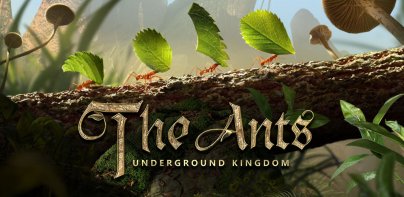





MIS ANIMALES Y SONIDOS

Описание MIS ANIMALES Y SONIDOS
Aprende jugando el nombre y sonido de 15 animales salvajes y domésticos, los niños podrán pulsar encima de los animales, y ver el nombre de cada uno de ellos, así mismo escuchar su respectivo sonido, los que permite el aprendizaje de los mas chicos hasta los mas grandes, Quién no ha jugado nunca con sus hijos a imitar el sonido de los animales? Es uno de los juegos más universales que existe entre padres e hijos y también uno de los que más les divierte. Pero no sólo se trata de pasar un buen rato ya que animales y desarrollo del lenguaje están más unidos de lo que la gente piensa.
Para los peques, el hacer como si fuéramos una vaca, un perro, gato, cerdo, elefante o una gallina es algo que les divierte a niveles insospechados. Y para qué vamos a engañarnos, para nosotros también, ya que viven su papel como si estuvieran haciendo una gran obra teatral, metiéndose en el papel en todas sus facetas: sonidos, gestos, acciones…Y es que el de los animales siempre será un tema muy interesante para nuestros hijos cuando queramos jugar con ellos a la vez que aprendemos. Ese mundo tan mágico de diferentes seres tan diferentes entre sí: unos vuelan, otros nadan, unos tienen pelo, otros tienen pico… El reino animal nos ayuda desinteresadamente en el óptimo desarrollo de nuestros hijos.
El caso que nos ocupa, el uso de sonidos de animales cuando estamos jugando con nuestros hijos, no está muy lejos de llevar a cabo esta función educativa ya que, entre otras cosas, favorece el desarrollo del lenguaje y la discriminación auditiva de los pequeños.
Learn by playing the name and sound of 15 wild and domestic animals, the children will be able to click on the animals, and see the name of each one of them, as well as hear their respective sounds, which allow the learning of the youngest children up to Bigger, who has never played with their children to imitate the sound of animals? It is one of the most universal games that exists between parents and children and also one of the most fun. But it is not only about having a good time since animals and language development are more united than people think.
For the little ones, pretending to be a cow, a dog, a cat, a pig, an elephant or a chicken is something that amuses them at unsuspected levels. And why should we fool ourselves, for us too, since they live their role as if they were doing a great theatrical play, getting into the role in all its facets: sounds, gestures, actions ... And the animals will always be a very interesting topic for our children when we want to play with them while we learn. That magical world of different beings so different from each other: some fly, others swim, some have hair, others have beaks ... The animal kingdom helps us selflessly in the optimal development of our children.
The case at hand, the use of animal sounds when we are playing with our children, is not very far from carrying out this educational function since, among other things, it favors the development of language and auditory discrimination of children.
























